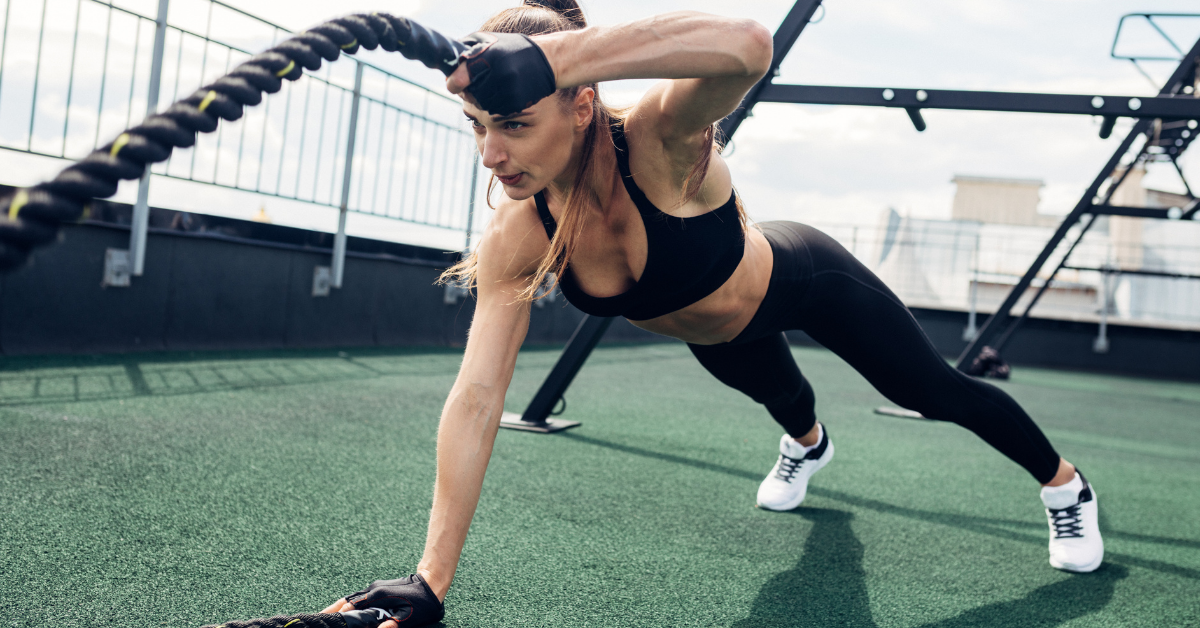Three shoulder pain tips

Are you struggling with pain in your shoulders that’s stopping you training properly in the gym or during your bootcamp sessions? Has your 8-week challenge finished at 2 weeks because you can’t lift a kettlebell or do a burpee? Then read on, we’re going to show you how you can get strong, pain free shoulders that let you train the house down
We know that shoulder pain is a massive problem for those of us who train regularly in the gym or outdoor bootcamp sessions. While resistance training is relatively safe compared to many other sports, research shows us that the shoulder is the most commonly inured body part in people lifting weights of any sort. Body building, powerlifting, CrossFit or bootcamp training, it doesn’t matter, we’re all at risk of shoulder pain
Once you’ve got shoulder pain it’s really difficult to keep training. Not only does a sore shoulder stop you training arms and shoulder exercises, but it can often cause problems doing core work, and lower body exercises like squats and deadlifts.
Then you get really frustrated because a massive part of your training is gone. Your shoulders get weaker, rotator cuff muscles can get out of balance and your shoulder starts hurting with day to day stuff and sleeping.
We know staying active is super important for your headspace too, that’s why it’s so important you don’t waste any time getting those shoulder niggles sorted.
If you’ve experienced any of these problems, if you’ve got a sore shoulder right now, keep reading, here’s three ways we can help minimise down time and get your shoulders strong and pain free again.
- Get an accurate diagnosis. Most shoulder injuries are not serious, but it’s important to see us and get a clear diagnosis, reassurance and a training plan.
- Keep training! Our aim is to find ways to help you train around a sore shoulder. there’s usually a heap of upper body work you can do, that won’t be painful, and will actually help your shoulder pain. If you get told to stop all exercise, get another opinion.
- Have your strength assessed properly. We’re getting great results using our new AxIT strength assessment technology to assess, not guess, how your shoulder strength measures up. We can accurately see whether you have an imbalance between left and right sides, or between muscle groups. We can compare your strength to normal values for your gender, identify a weak rotator cuff and track improvements in time with our rehab protocols for shoulder conditions.
Sports Physiotherapist at Parkside, Matt McEwan, has had personal experience using this shoulder rehab approach this year. In February he fractured and dislocated his shoulder skiing in Canada. After surgery and 3 months in a sling he’s in for a long rehab process. Firstly he’s been training within the limits of his surgery, doing things like dumbbell floor press, landmine press and cable rows to get strength back. He’s also using eccentric stretching to try and regain mobility. He’s tracking his strength gains with the AxIt system and working towards his long-term goals of being able to overhead press and surf again sometime down the track. (Unfortunately, a frozen shoulder is slowing progress towards those goals at the moment!)
If you’re still reading, I’m guessing you’re really interested in getting shoulder pain under control, getting stronger and being able to keep training, We know it’s really important to stay in touch with your training buddies, get out of the house to burn off your frustrations and get that exercise high we all aim for.
If you’d love our help in achieving all of those outcomes, please feel free to get in touch, we’d love to help you get back to doing what you love.


